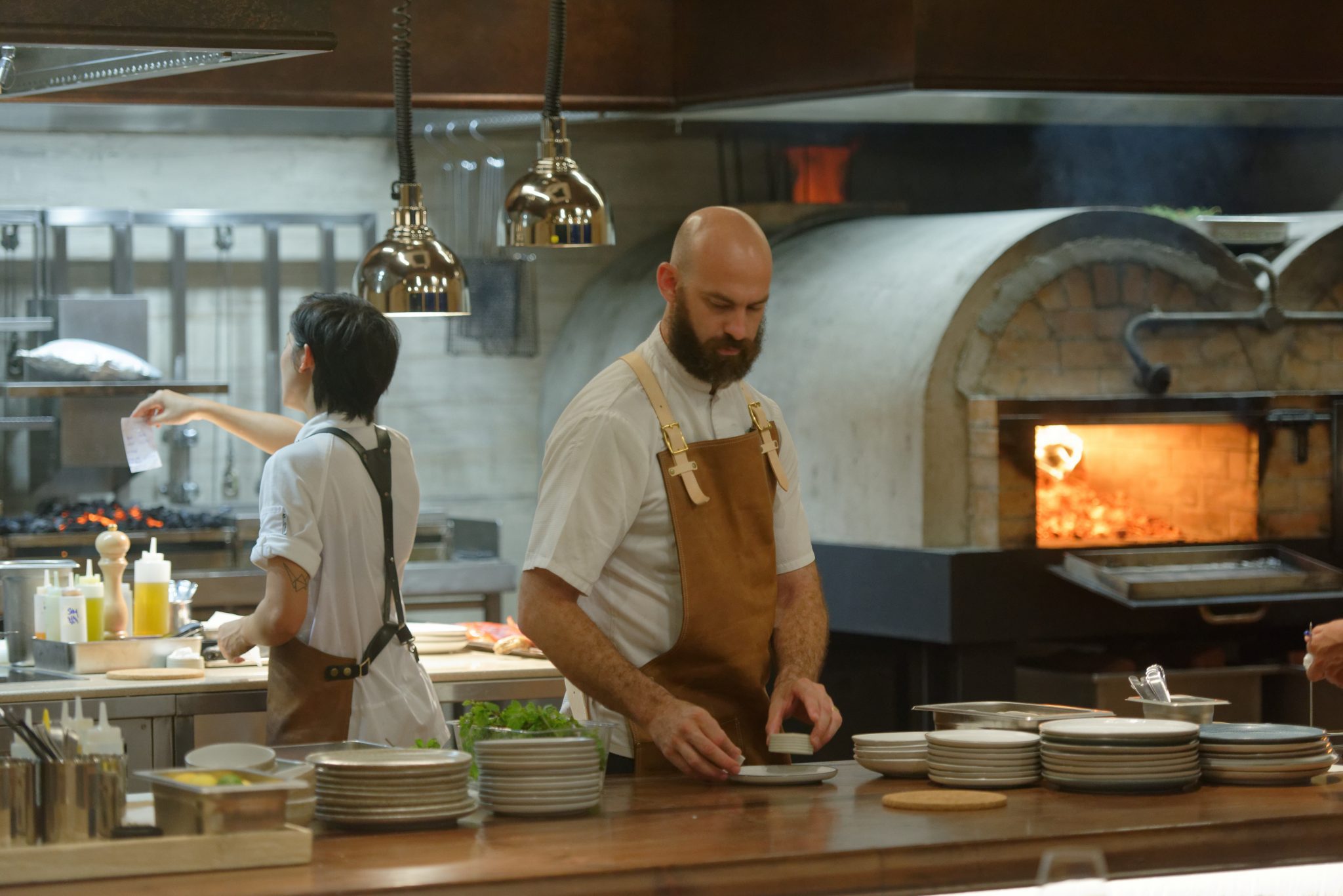Skift Take
Seeking out unique food and beverage experiences while traveling is one trend that has proven to be here to stay — but the focus has shifted from high-end dining to dining that is much more inclusive and democratic. By looking at Hilton Luxury Group’s approach to its food and beverage program, one can witness this change in consumer preference.
This sponsored content was created in collaboration with a Skift partner.
As travelers seek experiences as diverse as their palates, demand for dynamic food and beverage programs is expanding globally. Consumers strive to capture the many cultural touchpoints of a destination through authentic experiences, making food tourism a key component of their travel agendas. As Skift analyst Meghan Carty stated in her 2019 report, The New Era of Food Tourism: Trends and Best Practices for Stakeholders, “what’s changing is that after years of traveler obsession with high-end gourmet dining, the demand for food-related travel is now democratizing, deepening, and expanding.”
Hospitality brands have long been at the forefront of innovation in the global culinary scene, capitalizing on unique destination offerings, regional flavors, and original collaborations with award-winning chefs. Given the industry’s ability to quickly adapt to the changing needs of the market, as well as build relationships with local artisans, food producers, winemakers, and distillers, hoteliers have found new ways to integrate luxury offerings through both traditional dining and exciting contemporary tasting moments.
In capturing the essence of a particular locale, hotels have readily employed creative and aesthetic methods into their culinary endeavors to further engage with their guests and the local communities, elevating the overall travel experiences consumers crave.
Innovation and Diversification in Hilton Luxury Group’s Restaurants and Bars
With a long-standing history of shaping the culinary industry, Hilton Luxury Group — which includes brands Waldorf Astoria Hotels & Resorts, LXR Hotels & Resorts, and Conrad Hotels & Resorts — continues to work with the biggest stars in the business. Currently, this includes four Michelin Star Chefs and four James Beard Award-winning chefs, taking original food and beverage partnerships to new heights. “Food and beverage have become so much a part of the fabric of global travel,” said Adam Crocini, Hilton’s global head and vice president of Luxury & Lifestyle, Restaurants and Bars. “We seek artisan products across the globe, as well as champion flavors that are found locally, to enrich our guests’ experience as something they can both participate in and learn from.”
Throughout the evolution of travel, design, and food trends, Hilton has continued to apply its fundamental philosophy across its luxury brands, creating culinary offerings rooted in the story of its surroundings, careful curation, ambiance, and service. With notable outlets such as Jean-Georges Vongerichten at the Waldorf Astoria Beverly Hills, Gordon Ramsay at Waldorf Astoria Trianon Palace Versailles, Michael Mina at the Waldorf Astoria Chicago, Richard Sandoval at Conrad Chicago, and more, Hilton Luxury Group sees collaboration and diversification as key factors to its success in the field.
This approach to bespoke experiences has led to necessary differentiation in Hilton dining experiences, which in turn reflect the unique personalities of its property holdings. Waldorf Astoria Hotels & Resorts has always believed its restaurant and bar programming to be at the core of its DNA — beginning at its flagship in New York City and expanding worldwide — and is credited with creating such beloved staples from the Waldorf Salad to its red velvet cake and Robert Burns cocktail. Conrad Hotels & Resorts, on the other hand, elevates its stylish spaces to inspire a modern take on food, cocktails, and architectural design. Also raising the bar is LXR Hotels & Resorts, embracing its independent functionality and extending to locally immersive culinary experiences. The expansive diversity of hotel style and locale allows Hilton a unique opportunity to experiment and expand its possibilities on the world culinary stage.
What Fine Dining Looks Like for Hilton Luxury Group in 2020 and Beyond
The newest examples of successful collaborations in its luxury portfolio include The Ledge by Dave Pynt at the Waldorf Astoria Maldives Ithaafushi and the Voltaggio brothers’ new restaurant, Estuary, located in the Conrad Washington, D.C. In each instance, working with such prominent and innovative chefs paved the way for exceptional gastronomical experiences in uniquely relaxed yet sophisticated, open-kitchen environments. Gone are the tablecloths and pretension, opting instead for fireplaces and even a communal table for the latter. This type of balance has been deliberate and indicative of industry direction, merging fine dining tastes with socially conscious design in the ongoing evolution in luxury spaces.
Given that Hilton just celebrated its 100th anniversary, it’s clear that it will continue developing new and innovative dining concepts long into its future as an extension of its overall luxury travel experiences. “Hilton has a long history of being first in culinary endeavors,” Crocini said. “As pioneers, we strive to create wonderful experiences and memories for our guests to carry with them.”
This content was created collaboratively by Hilton Luxury Group and Skift’s branded content studio, SkiftX.
Have a confidential tip for Skift? Get in touch
Tags: food and beverage, hilton, hotels, SkiftX Showcase: Hospitality, waldorf astoria

